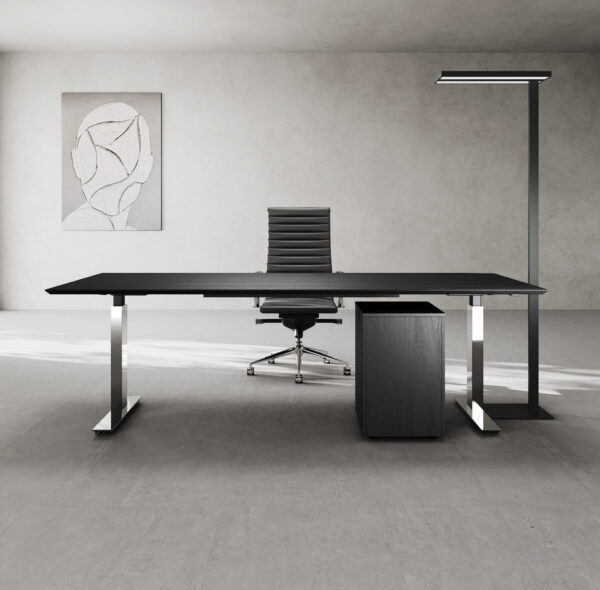
Every day, I meet clients struggling to maximize their small office spaces. The rising cost of commercial real estate has made efficient space utilization more crucial than ever.
The best approach to furnishing a small office is to focus on multi-functional pieces, vertical storage solutions, and modular furniture. This strategy can increase usable space by up to 40% compared to traditional office layouts.
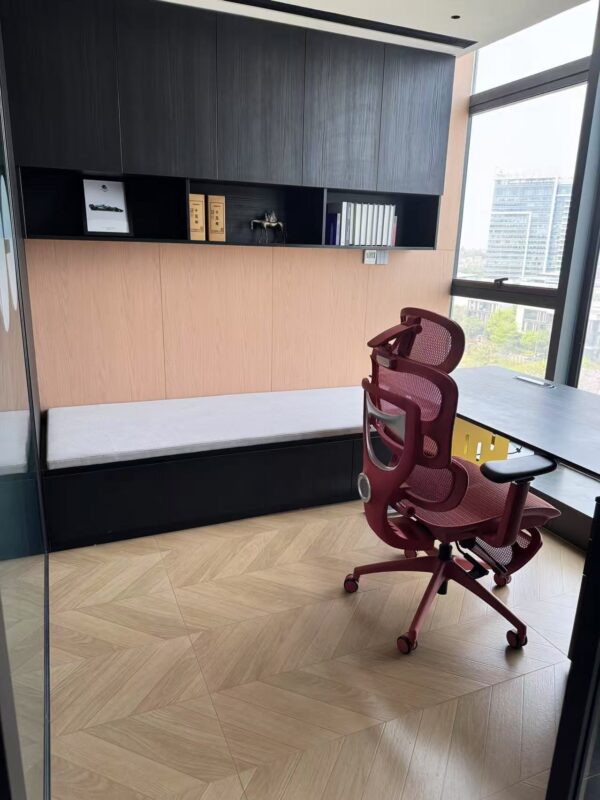
After helping hundreds of businesses optimize their compact offices, I've gathered practical insights that can transform any small space into a productive workspace. Let me share what really works.
What Types of Furniture Work Best in Small Spaces?
I've seen countless small offices cramped with oversized furniture, making movement difficult and reducing productivity. This common mistake can be easily avoided.
Multi-functional furniture, compact workstations, and wall-mounted storage solutions are ideal for small spaces. These pieces can save up to 30% of floor space while maintaining full functionality.
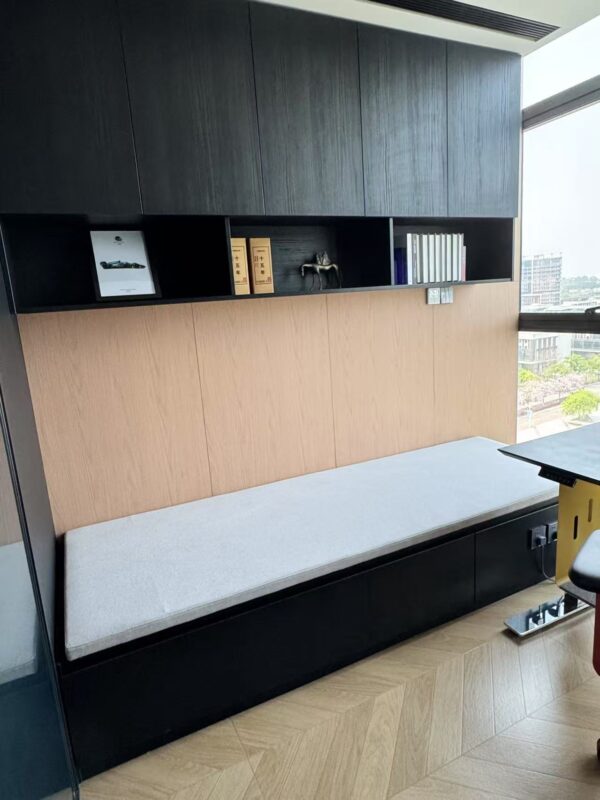
When it comes to maximizing small office spaces, the right furniture selection makes all the difference. Here's what I've learned from designing hundreds of compact offices:
Space-Optimizing Furniture Solutions
-
Transformable Desks
- Height-adjustable workstations
- Fold-down wall desks
- Nesting tables for temporary use
-
Smart Storage Options
- Vertical filing systems
- Under-desk mobile pedestals
- Wall-mounted organizers
-
Flexible Seating
- Stackable chairs
- Compact task chairs
- Foldable guest seating
The key to success lies in selecting furniture that serves multiple purposes without compromising comfort or functionality. For example, a height-adjustable desk can serve as both a sitting and standing workstation, while also functioning as a temporary meeting space. Mobile pedestals can double as guest seating when topped with cushions, and wall-mounted shelving systems can create virtual walls for privacy while providing essential storage.
What Are the Factors to Consider in Selecting Office Furniture?
After years of consulting on office setups, I've seen how poor furniture choices can lead to decreased productivity and employee dissatisfaction.
Key factors include ergonomics, space efficiency, flexibility, durability, and aesthetic appeal. These elements significantly impact both employee well-being and workplace productivity.
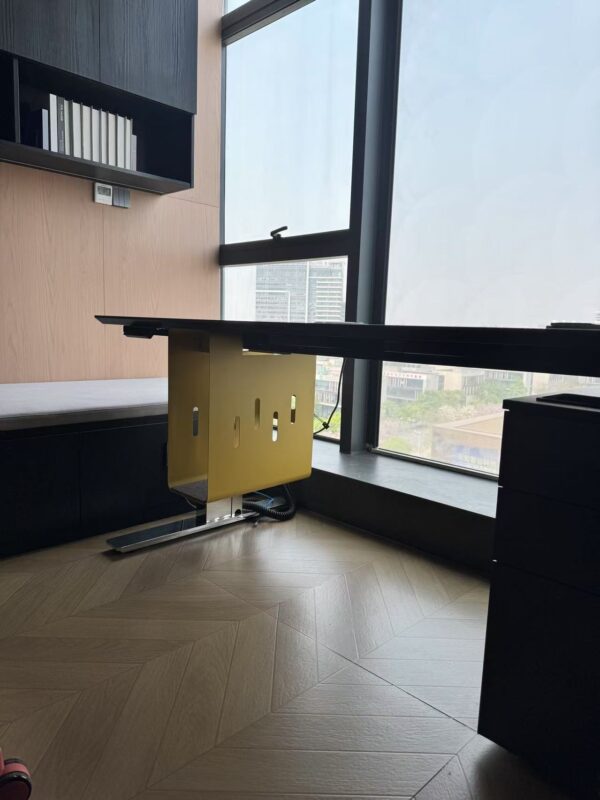
Let's break down the critical factors that should guide your office furniture selection process:
Essential Selection Criteria Matrix
| Factor | Impact | Considerations |
|---|---|---|
| Ergonomics | Health & Productivity | Adjustability, support features |
| Space Efficiency | Workspace Optimization | Footprint, storage capacity |
| Flexibility | Future Adaptability | Modularity, mobility |
| Durability | Long-term Value | Materials, construction quality |
| Aesthetics | Company Image | Design, color schemes |
Beyond these basic factors, it's crucial to consider the specific needs of your workplace. For instance, in a creative agency, you might need more collaborative spaces with modular furniture that can be easily reconfigured for different team sizes. In contrast, a legal office might require more private workstations with sound absorption properties and secure storage solutions. The key is finding furniture that balances these factors while maximizing the available space.
Which Type of Furniture is Most Desirable for an Office?
Many clients ask me about the most essential office furniture pieces. The answer often surprises them, as it's not always about having everything, but having the right pieces.
The most desirable office furniture includes ergonomic task chairs, adjustable desks, and modular storage systems. These pieces form the foundation of a productive workspace.

Understanding the hierarchy of office furniture needs is crucial for making informed decisions:
Priority Furniture Framework
-
Primary Essentials
- Ergonomic chairs (promotes health)
- Adjustable desks (accommodates different tasks)
- Storage solutions (maintains organization)
-
Secondary Components
- Meeting facilities
- Breakout furniture
- Acoustic elements
The selection process should focus on creating a balanced environment that supports both individual work and collaboration. For example, investing in high-quality task chairs can reduce health-related absences by up to 25%, while adjustable desks can increase productivity by allowing employees to change positions throughout the day. Multi-purpose storage solutions not only keep the space organized but can also serve as room dividers or impromptu meeting spots.
How Do You Distinguish What Office Furniture Is Needed?
This question often comes up when clients are overwhelmed by choices. I've developed a systematic approach to determine exactly what furniture is essential.
Start by assessing daily activities, employee count, and available space. Then create a hierarchy of needs based on core functions and budget constraints.
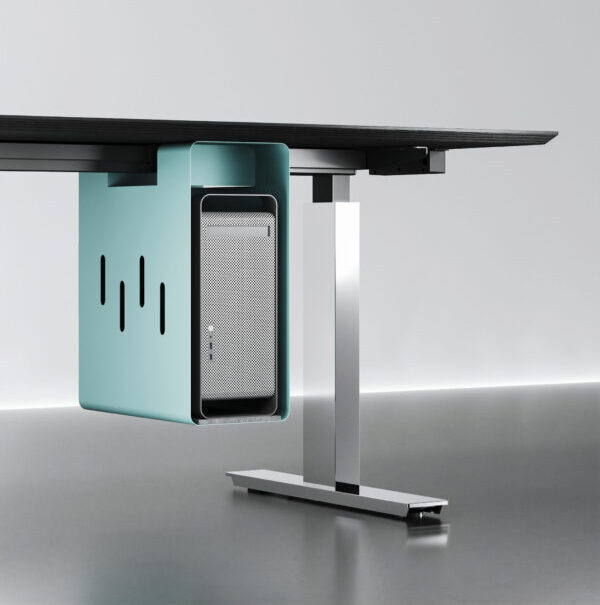
Through years of experience in office space planning, I've developed a comprehensive approach to identifying furniture needs:
Needs Assessment Framework
-
Workspace Analysis
- Daily activities audit
- Traffic flow patterns
- Collaboration requirements
-
Space Utilization Study
- Square footage calculation
- Zone designation
- Storage requirements
-
Employee Requirements
- Work styles
- Ergonomic needs
- Technology integration
This systematic approach helps prevent common pitfalls like overbuying or selecting inappropriate furniture. For instance, in a small office of 150 square feet, prioritizing multi-functional pieces like height-adjustable desks with built-in storage can eliminate the need for separate filing cabinets. Similarly, choosing chairs that can easily tuck under desks when not in use can save valuable floor space while maintaining seating capacity for occasional visitors.
Conclusion
Smart furniture selection for small offices is about balancing functionality, space efficiency, and employee comfort. By focusing on multi-purpose, ergonomic pieces, you can create a productive workspace regardless of size limitations.
Get in Touch
Quick Message
You may also be interested in:
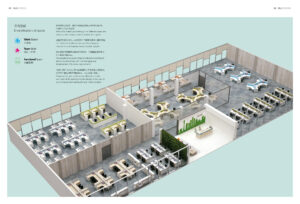



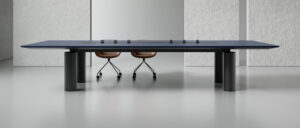
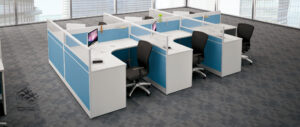
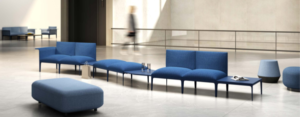
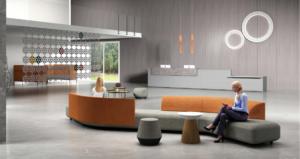
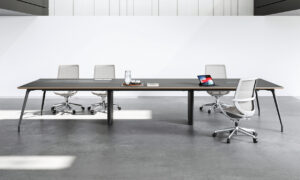
Conference Room Ideas for Smart Work: Collaboration, Technology & Employee Experience
Today's meetings demand effici

What Are My Options for Modern Office Furniture in Australia?
As someone who's supplied offi